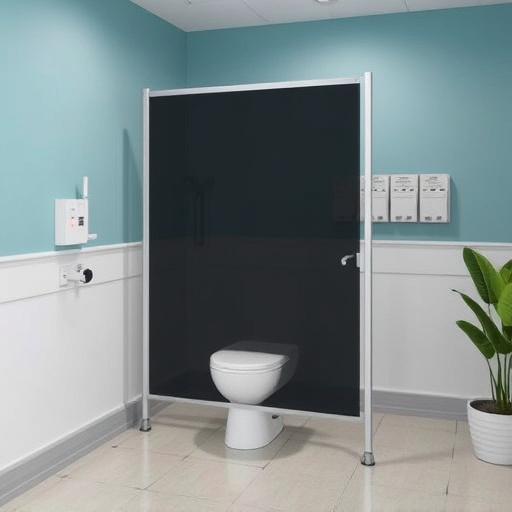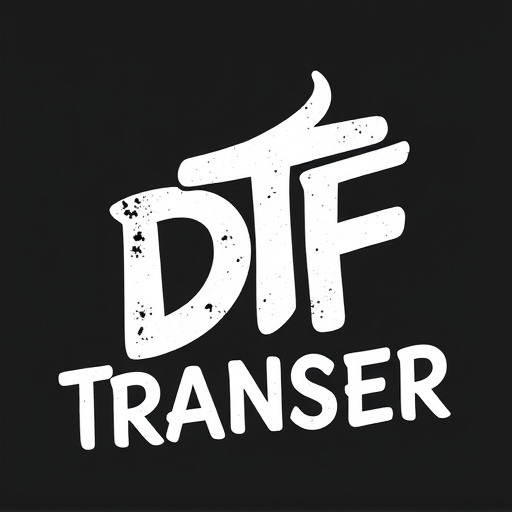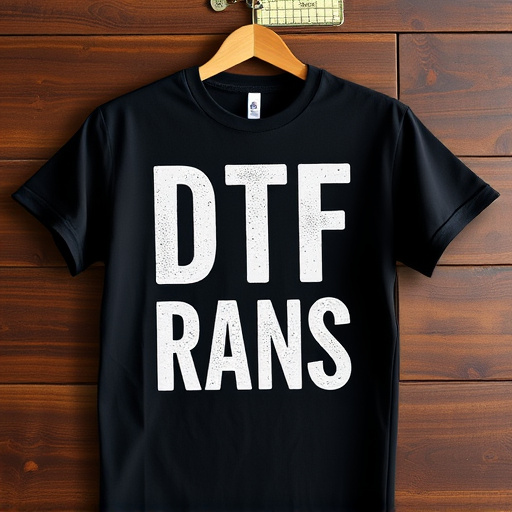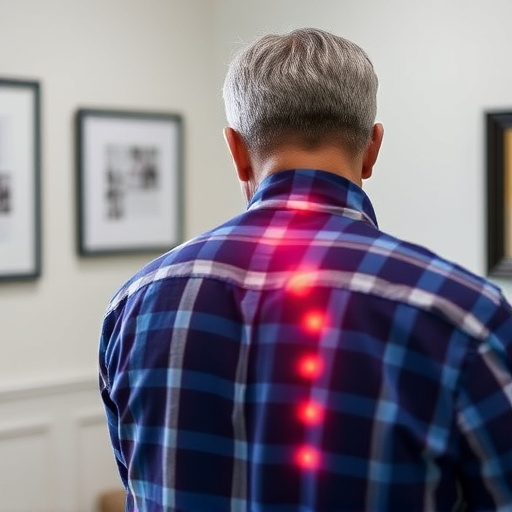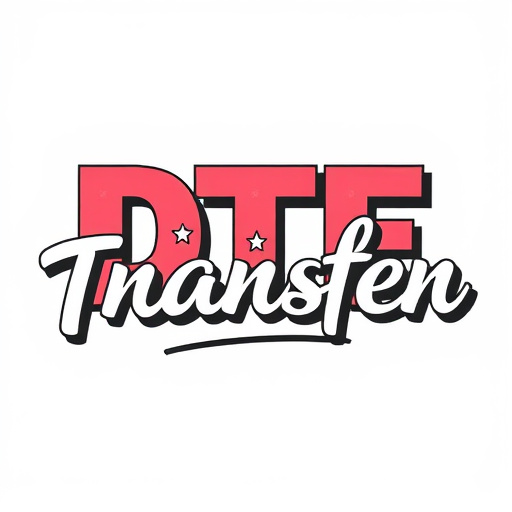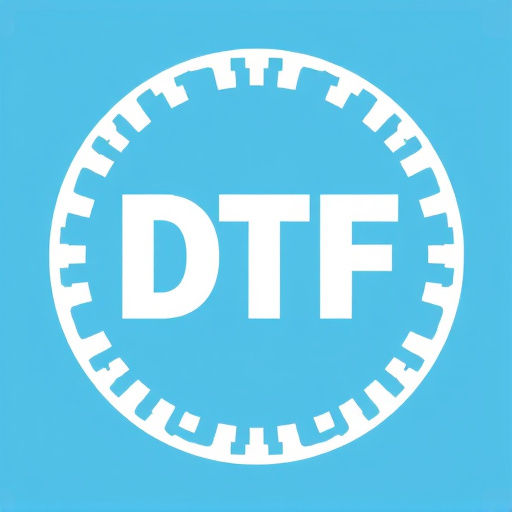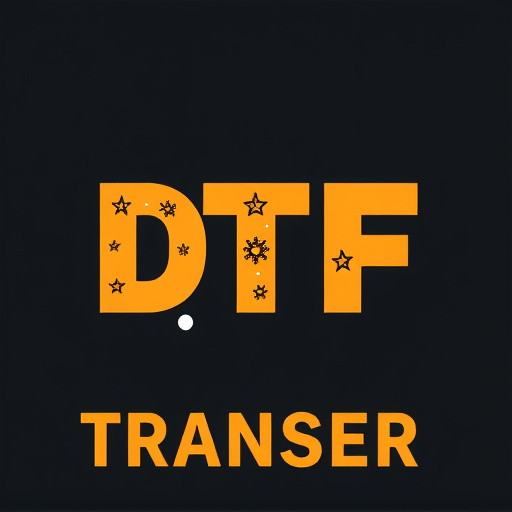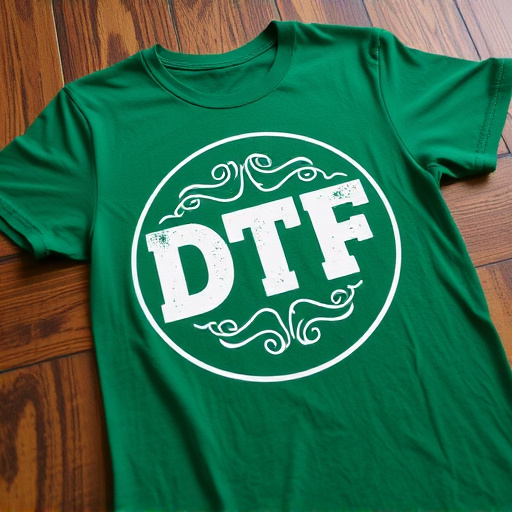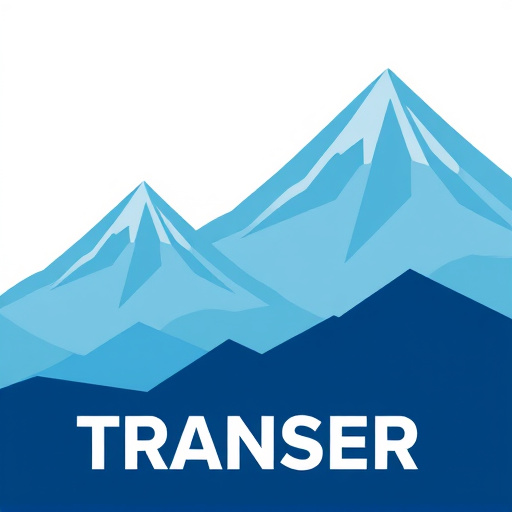Direct-to-Film (DTF) transfer technology enables high-quality printing on diverse surfaces by depositing ink layer-by-layer onto film. Adhesive powder acts as a critical bridge, ensuring precise and durable transfers of intricate graphics to materials like metal, wood, acrylics, and textiles. DTF's advantages include superior image quality, faster production times, and flexibility in substrate choices, making it popular for artistic creations, branding, and decorative applications. Choosing the right adhesive powder is key for achieving top-quality results; water-based adhesives are eco-friendly while solvent-based powders offer superior outdoor durability. Future advancements focus on sustainable practices, higher resolution prints, and enhanced color accuracy, promising growth across industries like apparel and custom product manufacturing.
“Direct-to-film (DTF) transfer technology is revolutionizing the printing industry by enabling high-quality, precise prints on various materials. At the heart of this process lies adhesive powder, a versatile and essential component in creating intricate DTF designs. This article explores the role of adhesive powders in DTF creation, their benefits, and applications. We’ll also guide you through choosing the right powder for optimal results, discuss common challenges, and look ahead to future trends shaping the world of DTF printing.”
- Understanding Direct-to-Film (DTF) Transfer Technology
- The Role of Adhesive Powder in DTF Creation
- Benefits and Applications of DTF Printing with Adhesive Powder
- Choosing the Right Adhesive Powder for Optimal DTF Results
- Common Challenges and Solutions in DTF Transfer Using Powder Adhesives
- Future Trends in DTF Printing and Adhesive Powders
Understanding Direct-to-Film (DTF) Transfer Technology

Direct-to-Film (DTF) transfer technology has revolutionized the way we create and reproduce high-quality prints, especially in the signage and graphics industry. This innovative process involves transferring ink or toner directly onto a film, which can then be applied to various surfaces for printing. DTF offers a range of advantages over traditional methods, such as enhanced image quality, faster production times, and greater versatility in terms of substrate choices.
The process begins with an imaging device, like a printer or plotter, which precisely deposits ink onto the film, layer by layer, creating a negative of the desired design. This film is then used to transfer the image onto various materials, including metal, wood, acrylics, and even textiles, allowing for a wide array of DTF prints and applications. This technology has become increasingly popular due to its ability to produce sharp, vibrant images with minimal setup time, making it an efficient and cost-effective solution for businesses and enthusiasts alike.
The Role of Adhesive Powder in DTF Creation
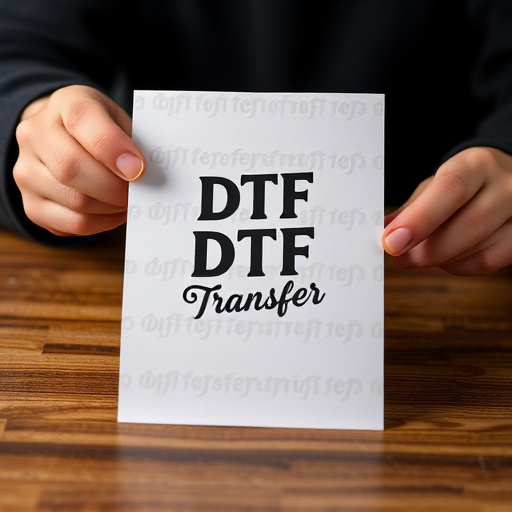
Adhesive powder plays a pivotal role in the intricate process of Direct-to-Film (DTF) transfer creation. It serves as the crucial liaison between the design and the final print medium, enabling seamless adherence of complex graphics and images to various surfaces. The powder’s unique properties allow it to bond with both the film and the substrate, ensuring a precise and durable transfer. This precision is paramount in DTF printing, where intricate details and vibrant colors demand a high level of accuracy during the application process.
In the world of DTF Transfer, adhesive powder facilitates the transformation of digital designs into tangible prints. As the film bearing the design is brought into contact with the substrate, the powdery substance activates, forming a robust bond. This instant adhesion ensures that every line, curve, and hue from the digital file is accurately reproduced on the physical medium, resulting in stunning DTF prints that captivate viewers. The use of adhesive powder in this context revolutionizes the way we reproduce graphics, offering unparalleled precision, vibrancy, and versatility in various applications, from artistic creations to industrial markings.
Benefits and Applications of DTF Printing with Adhesive Powder
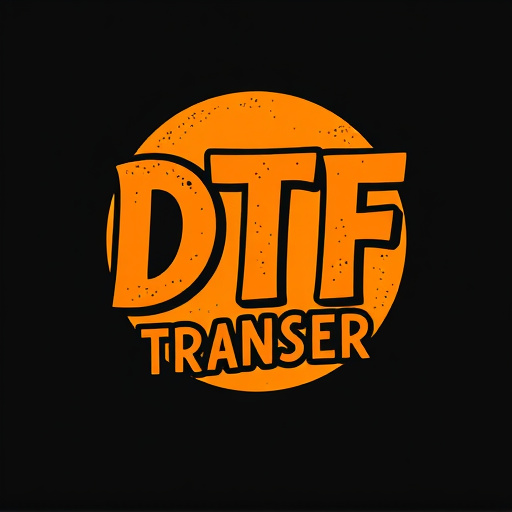
Direct-to-film (DTF) transfer printing with adhesive powder offers several significant advantages in various applications. The process allows for high-quality, long-lasting prints on a wide range of materials, from plastics and metals to fabrics and wood. This versatility makes DTF Printing suitable for everything from custom phone cases and automotive components to artistic murals and promotional merchandise.
One of the key benefits is its speed and efficiency. Using adhesive powder, images are transferred directly onto films, enabling rapid production runs without compromising on print quality. Additionally, this method ensures excellent color accuracy and vibrant visuals, making it a preferred choice for businesses seeking to create eye-catching DTF prints for branding, marketing, or decorative purposes.
Choosing the Right Adhesive Powder for Optimal DTF Results

Choosing the right adhesive powder is a crucial step in achieving optimal results with direct-to-film (DTF) transfer printing. The suitability of an adhesive depends on factors like the type of film, ink used, and the desired end application. For instance, a water-based adhesive might be ideal for eco-friendly DTF prints, while a solvent-based powder could offer superior adhesion for more durable prints intended for outdoor use.
When selecting an adhesive powder, consider the specific requirements of your DTF transfer process. Factors such as particle size and bonding strength play a significant role in ensuring sharp, detailed DTF prints. Smaller particles generally provide better resolution, while stronger adhesives enable the transfer of intricate designs without smudging or peeling. Understanding these nuances will help you choose an adhesive powder that aligns with your desired DTF print quality and application.
Common Challenges and Solutions in DTF Transfer Using Powder Adhesives
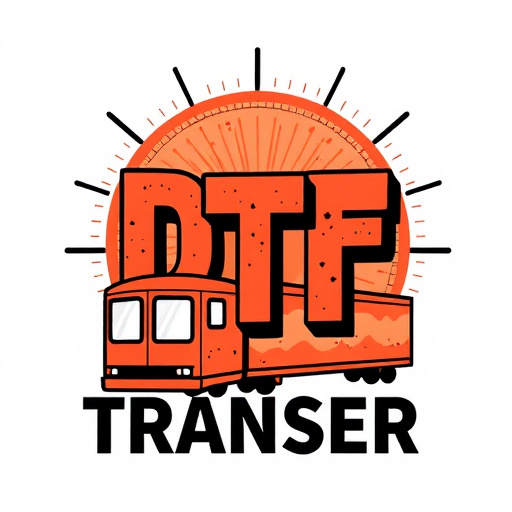
The process of Direct-to-Film (DTF) transfer using powder adhesives presents several challenges that printers and designers need to overcome to achieve high-quality DTF prints. One of the primary difficulties lies in ensuring precise adhesion between the design, film, and substrate, especially when dealing with intricate details and various materials. Powders, often made from polymers or acrylics, must be meticulously applied to avoid clumping or uneven distribution, which can result in inconsistent print quality.
To address these challenges, advanced application techniques have been developed. These include using specialized nozzles for precise powder deposition, ensuring even spreading, and controlling the amount of pressure applied during the transfer process. Additionally, choosing the right adhesive formula is crucial; custom-tailored powders with enhanced bonding properties can significantly improve the overall DTF transfer success rate. Proper pre-treatment of substrates and surfaces also plays a vital role in enhancing adhesion, especially for materials prone to static or moisture-related issues.
Future Trends in DTF Printing and Adhesive Powders

The future of direct-to-film (DTF) transfer printing looks bright and innovative, with advancements in technology driving new possibilities for creators and businesses alike. One key area of focus is the evolution of adhesive powders used in DTF creation. Researchers and manufacturers are exploring more eco-friendly alternatives to traditional powders, aiming to reduce environmental impact without compromising quality. These sustainable options could open doors for larger-scale printing while addressing concerns about waste disposal.
Additionally, there’s a growing trend towards higher resolution prints and improved color accuracy. Developments in ink formulations and printing techniques promise to deliver more vibrant and detailed DTF prints. This, coupled with the potential for faster production times, suggests that DTF technology will continue to gain traction across various industries, from apparel and signage to custom product manufacturing.
